Hotel bookings: one in five nights now booked from mobile
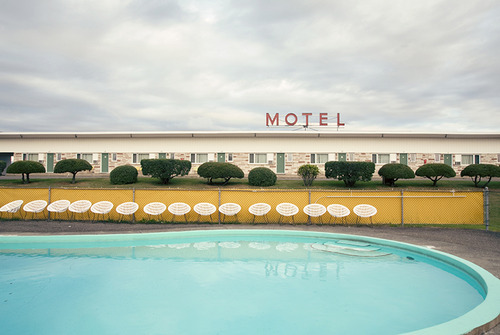 Photo: Heather Satz
Photo: Heather Satz
Australian online travel agency Wotif recently disclosed that 49% of their hotel-related traffic now comes from mobile (web and apps), a staggering increase of 37% from 2013. The online travel agency, recently acquired by Expedia, manages around 30,000 hotels in Asia, Australia and New Zealand.
That’s a lot of eyes on those little screens… and they are not just browsing. They are happy to pay, too: Wotif adds that the number of nights booked from mobile is now 23% of the total.
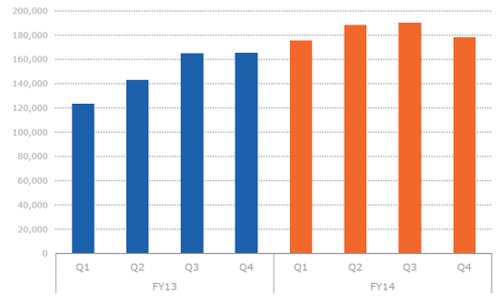
Growth in revenue from mobile for Wotif / Source: Tnooz.
The Australian OTA is not alone. Expedia says that one in five nights is now booked from a phone; for Chinese travel agent eLong, it’s almost one in three.
Last minute and more
Clearly, mobile is most useful in specific situations, such as last minute changes while en-route. Not surprisingly, its biggest supporters are frequent business travellers.
On the other hand, travellers are starting to turn to their phones only as an emergency fix: more and more of these bookings are being made more than one week in advance.
Time to invest in better apps
Wind in sails, then? Yes, and no. When surveyed, travellers agree that mobile is still their least favorite way of booking, mostly because it takes them longer than anything else (19 minutes on average!). Small screens and less established technology contribute to a poor user experience.
So - What should hotel marketers do?
First of all, treat all screens (desktop, phone, tablet) as separate marketing channels and provide the best user experience on each device. By now, having a dedicated booking app should be a no-brainer for anyone in the travel industry.
We expect that better apps and ease of use will make these numbers grow even more.
Apps with in-destination information are an opportunity for DMOs, says eMarketer
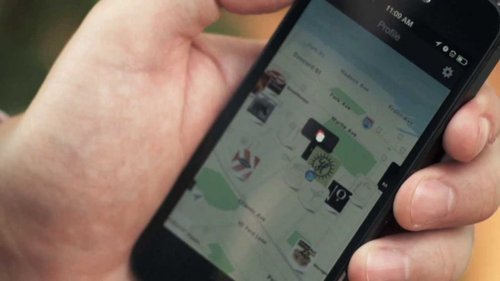
“As smartphones become ubiquitous among travelers, DMOs and SMBs can attract and retain customers by offering mobile features that guide travelers through their destination, not just to their destination”
This was the verdict of eMarketer, based on a new analysis of the usage of mobile to do local searches for restaurants and things to do while traveling.
Almost half have travel apps now
Almost half (43%) of US travelers with smart phones have installed travel apps, and 30% has several of them.
That’s in line with the general trend, as most travelers today get their mobile out during their trip. MMGY Global, a travel marketing agency, and Harrison Group have discovered that among US leisure travelers, 62% used their smartphones and 43% used tablets.
Travelers who search are open for suggestions
Travelers use their phones to search for places to sleep, eat and things to do, says a comScore report, which found that two-thirds of local business searches for hotel and travel information in December 2012 were nonspecific, suggesting that people looking for travel information on the local level are seeking suggestions, rather than planning pre-decided activities. This means they are open for new restaurants, hotels and experiences to woo them. This is great news for businesses that have made sure to optimize for mobile search with mobile optimized pages.
Travel info missing in most hotel apps
Despite the demand for travel-related information most organizations in travel, in particular hotels, have so far failed to provide their guests with this service, this provides an opportunity for DMOs and hotels to engage travelers with this kind of information.
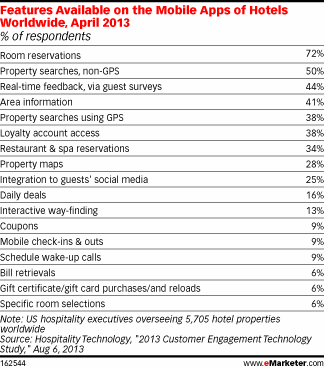
Guests appreciate curated recommendations
One hotel which is leading the charge on this is Hotel Alexandra, a boutique hotel in Copenhagen. The hotel has a distinct Design-focused identity with classic furniture and art all over the hotel. As such, they attract many design-interested travelers.
Hotel Alexandra recently decided to service their design-loving target audience with a custom city guide focusing on design. It includes places to eat and visit that provide a great design experience. All the locations in the guide are personally selected by staff and management at the hotel, who’ve also taken into account what guests ask for at the front desk most often.
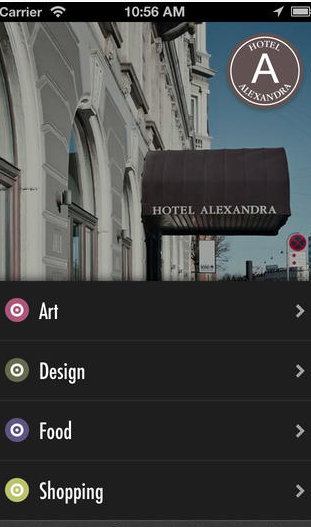
Their app is free, you can check it out here
Read more about the report from eMarketer
—-
By Tine Thygesen, CEO of Everplaces
[email protected]
If you’re considering making a in-destination app we’d love to help. Here’s some of the 60 apps we’ve already made with our partners and clients.
New study: Branded apps increase purchasing intent
A report about branded app usage helps digital marketing managers understand how consumers use branded apps. The report is full of good news for marketeers.
Most people use branded apps
More than half of smart phone users say they regularly use a store, brand or product app, says a February 2013 study conducted by Ipsos OTX and Ipsos Global Advisor, this demonstrates that it can be worthwhile producing apps for engagement.
Most popular for More info, then Deals
The good news for marketeers is that most people use the apps because they want to engage with the brand. In earlier years, many brands made games and gimmicky apps to create contact, but now utility apps are becoming more popular.
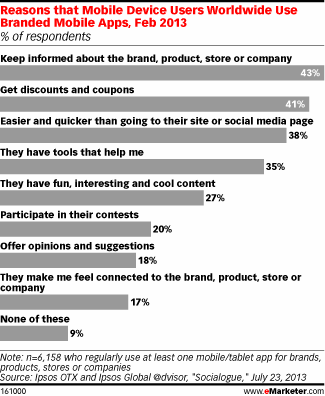
Apps are best for engagement
The general trend we’re seeing at Everplaces is that organizations are starting to use apps more to engage, than to build awareness. For example, in tourism we see a lot of focus on “in destination” information, the purpose of which is to improve the stay of the tourist, who then in turn is more likely to spread their good experience and talk about the destination on social media. Or brands that use apps to extend the experience for visitors to their website, offering an app that showcases products and shows the nearest store. This is in order to capitalize on the traffic and extend the conversation.
Apps increase purchasing intent
Perhaps the best news from the report is that consumers seeking more information via an app typically become more interested in purchasing in the process, as such 52% are more interested in buying after using the branded app.
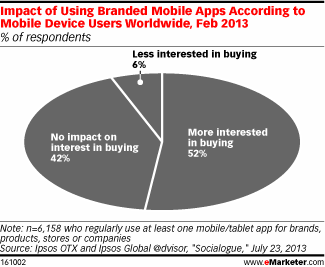
Cross promotion
What’s also clear from the report is that mobile apps often act as the gateway to the organization, so the consumer can find their way to web pages, social media pages, competitions or tools. As such, the consumer uses the branded app almost as a bookmark so they get to the information they need in the fastest possible way.
—
By Tine Thygesen, CEO of Everplaces
[email protected]
If you’re considering making a branded app we’d love to help.
STUCK IN A PAPER WORLD: Travel companies are missing out on mobile marketing opportunities
By Tine Thygesen, CEO Everplaces. This post was also published as a popular guest post on travel tech site news site Tnooz.
….
In the recent month Everplaces went to a two traditional consumer travel shows, Herning Travel Show and ITB in Berlin, to see how travel companies promote their destinations. The shows were massive and included all the major destinations, airlines and travel companies in Northern Europe.
Many had used small fortunes on their stands, which did look impressive. But when it came to thinking creatively about marketing, we were disappointed, there was practically no digital touch to any of the marketing materials.
The goal for having a stand is to meet people, look them in the eyes, build a connection and get them to select you when they finally book their next travel in some months time. A highly competitive situation, so it I was surprised everyone opted for same traditional paper brochures, since they are notoriously ineffective for long term effect.
That fact is that 34% of people now book travel from their mobile, and 40% use their mobiles to find information*. This is a major opportunity for marketeers. * IBT World Travel Monitor
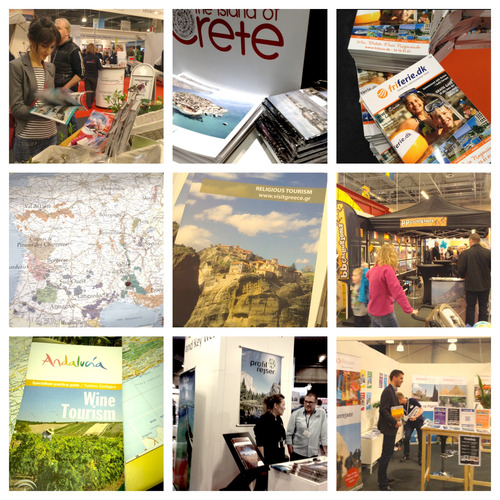
All exhibitors had a wealth of physical brochures, all beautiful colorful materials which would be a great marketing if it wasn’t because most people throw them away before they ever read them.
A big advantage to digital marketing over physical marketing is longevity.
Once a potential costumer has downloaded information about you and your offerings onto their phone they can find you again. This small detail is crucial because:
- With such similar offerings, it’s hard for the costumer to remember who offered what. This is both after a big trade show and after browsing the web
- Most people will book months after they’ve met you. By then they’ve forgotten who had the deal or the destination, maybe even your company name
- People loose brochures, or throw them away, but
- Up to 80% of people never delete an app once its on their phone
Digital marketing trumps when it comes to flexibility and cost savings.
Instead of producing expensive brochures that become outdated, or fail to hit the sweet spot, an app is flexible. (ok, perhaps not all apps, but an app made with Everplaces is). The app can be updated with new content to keep it up to date, or have the contents replaced if the existing content isn’t effective. This allows the marketing manager to test different material and different segments. Long term it offers serious financial savings for printing, because an app can be distributed over and over again.
As an alternative to big catalogues (which people are loath to carry around) I’d suggest a tiny little brochure in the shape of an app which encourages people to download the app in their own time. You’re much more likely they will take this tiny brochure than a big catalogue, yet it allows you to present as much information.
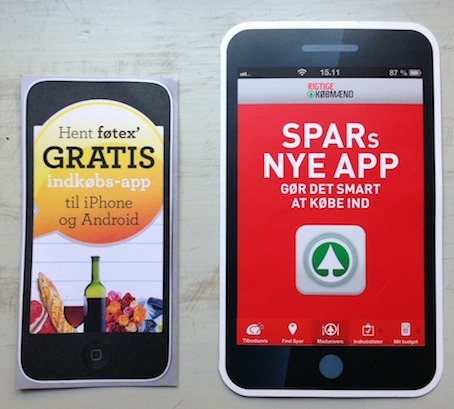
Once you have an app on people’s phone, you have the first foot in the door to start building a connection. That’s a whole other story which we’ll cover in another blog post.
Looking at the piles of paper brochures at the trade show I couldn’t help think how much rainforest we could have saved, and how much better results the travel companies would have got if they’d promoted downloads of branded apps with information and offers instead. After all our apps only cost $7500. You don’t get many brochures for that!
Tine Thygesen
CEO, Everplaces.
See more on everplaces.com/business
